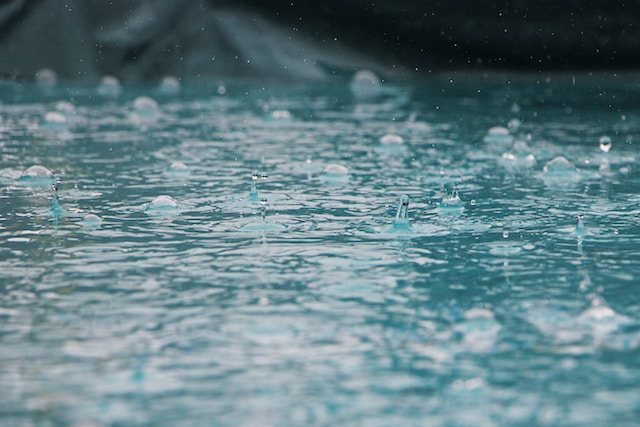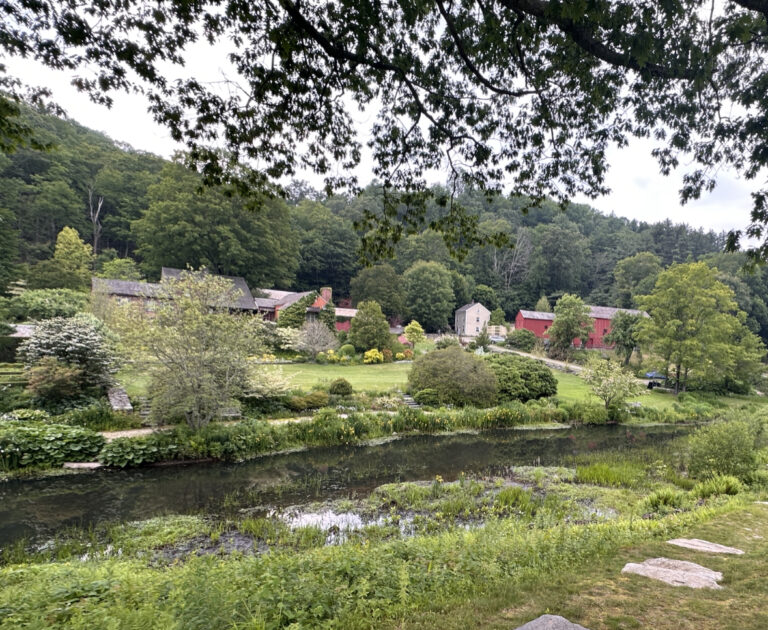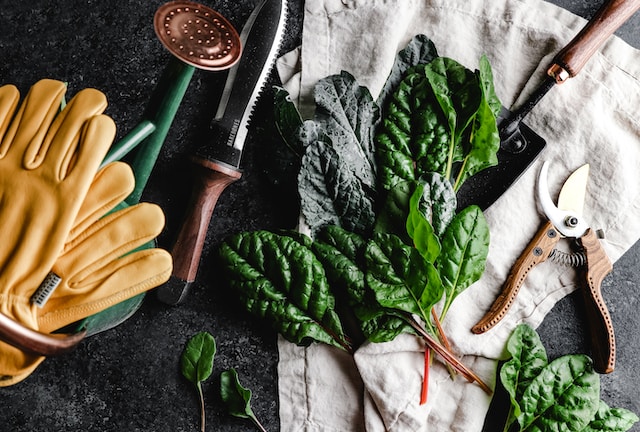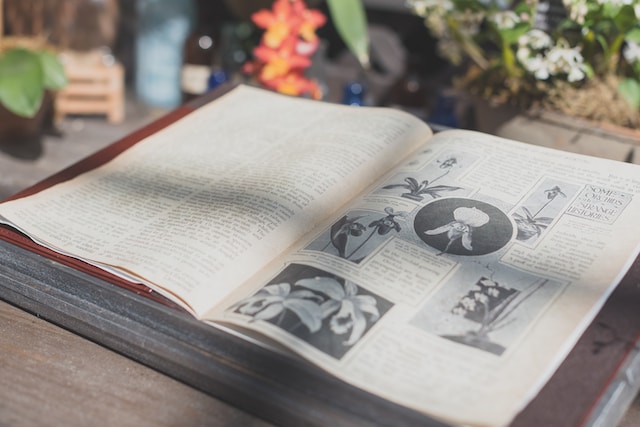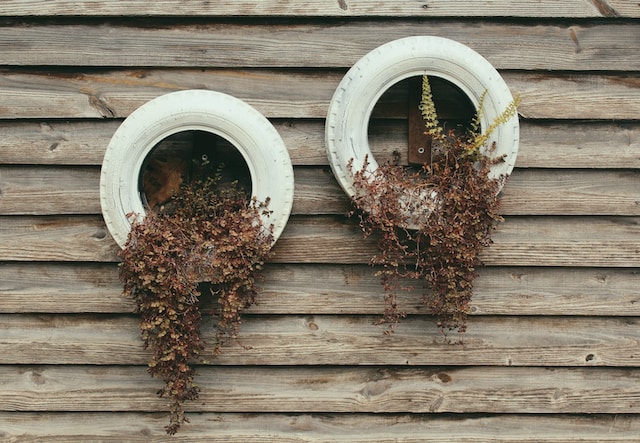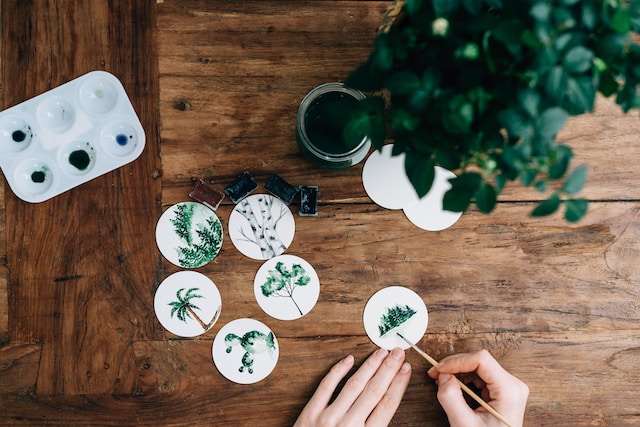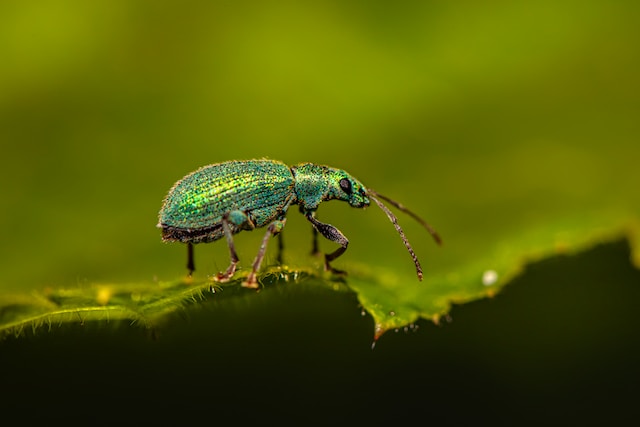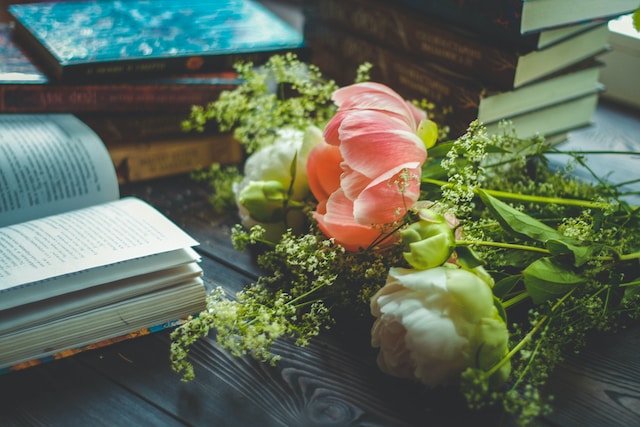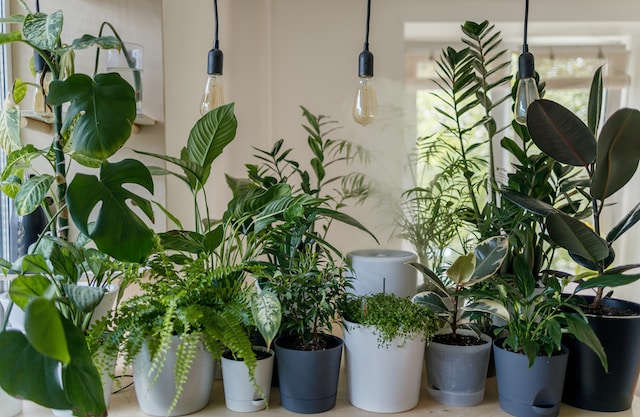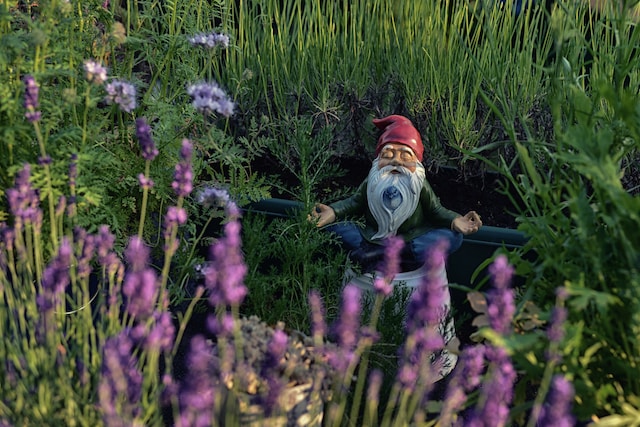Rainwater harvesting is the practice of collecting and storing rainwater for later use. It can be a key component of sustainable living. If you garden, then you can’t help but notice the changes to the earth. As a result, you might feel a drive to live more sustainably. Rainwater harvesting for sustainable living makes a…
A Visit to Hollister House Garden
I’m never going to have an English garden. It just feels a little bit too perfect for my brown thumb, even though it has some informality to it. Either way, though, they are beautiful gardens, and it’s a delight to get a chance to visit one. I had just that chance recently on a family…
14 Essential Gardening Products That Are Under $10 on Amazon
Starting and maintaining a garden rarely has to be an expensive endeavor. There are really only a few essential products for gardening. Surprisingly, many of these are $10 Gardening Products. In other words, you can get what you need for ten dollars or less in each essential category if you’re smart about your purchases. These…
5 Reasons I Enjoy Lia’s Living Almanac
I have recently become a huge fan of Substack newsletters. People write mostly longform content about the thing they are most passionate about. It’s a great place to find smart writing about a range of different topics. This includes gardening. In terms of gardening and nature, the newsletter I’m loving most so far is Lia’s…
Upcycling in the Garden: Everyday Items That Can Be Functional Garden Decorations
If you take a look around your home, or even in your recycling bin, then you will probably find items that you can use in your garden. This is, obviously, good for the earth. When you upcycle everyday items into functional garden decorations, it also saves you money. After all, you don’t have to buy…
The Best Plants for Mental Health Benefits
My two biggest passions in life are art and mental health. Gardening is an art form. Also, gardening has many mental health benefits. I was curious to do some research into the best plants for mental health benefits. Of course, this will vary from person to person. Nevertheless, there are some plants commonly considered beneficial…
Top 9 Common Plant Pests and How To Control Them
I have a friend who has a pest guy. She calls this guy every time that she finds a bug. Naturally, he’s very helpful. However, hiring a pest control agency can be quite pricy. Therefore, it would be helpful for her to identify the most common plant pests and how to control them. In fact,…
13 Gardening Books on My To Be Read Shelf
I love my local library. In fact, I get pleasure not just from going to the library and reading the books I get there but also from the process of looking through their catalog regularly and adding books to my “for later shelf.” There’s something satisfying about even just learning about which books are out…
6 Inexpensive Grow Lights for Indoor Plants
Growing plants indoors is great. However, when plants are grown indoors, they often do not receive enough natural sunlight to meet their needs. This is where grow lights come in. Of course, you can choose to spend a lot of money on grow lights. However, you don’t have to do that. There are some great…
Gardening for Mental Health
I have mentioned the mental health benefits of gardening here in the past. After all, I have a Masters degree in psychology. Moreover, I have extensive lived experience with depression. So, it’s a topic that always comes up for me. There are so many ways that gardening can improve mental health. But it can also…
